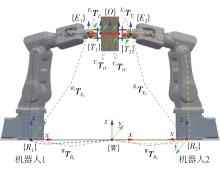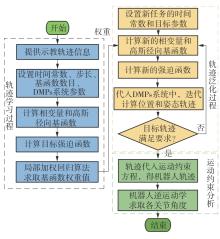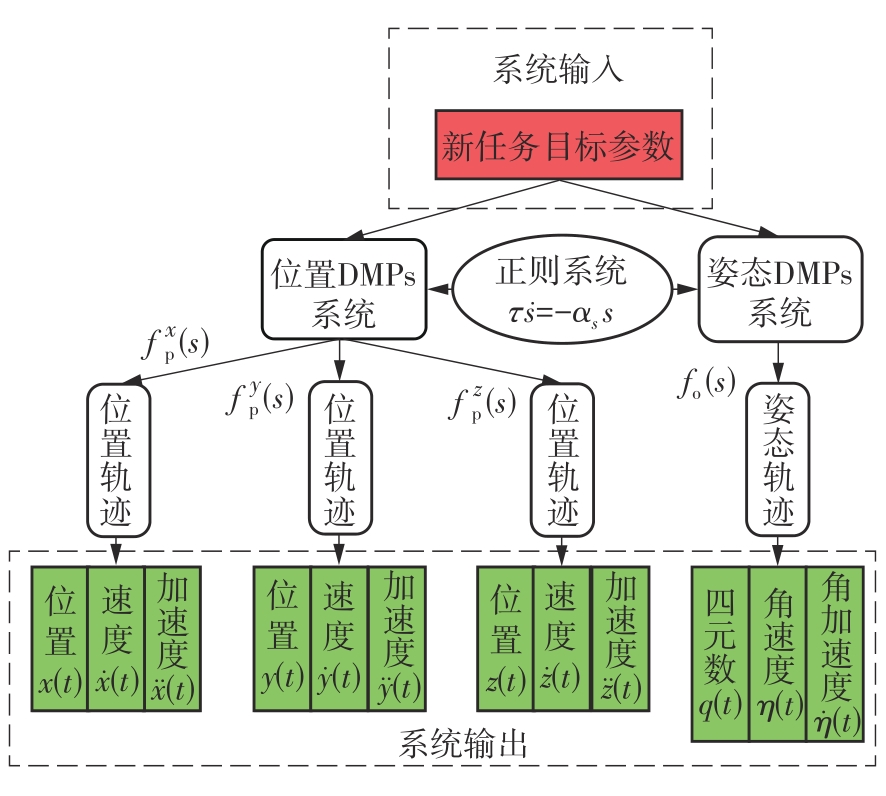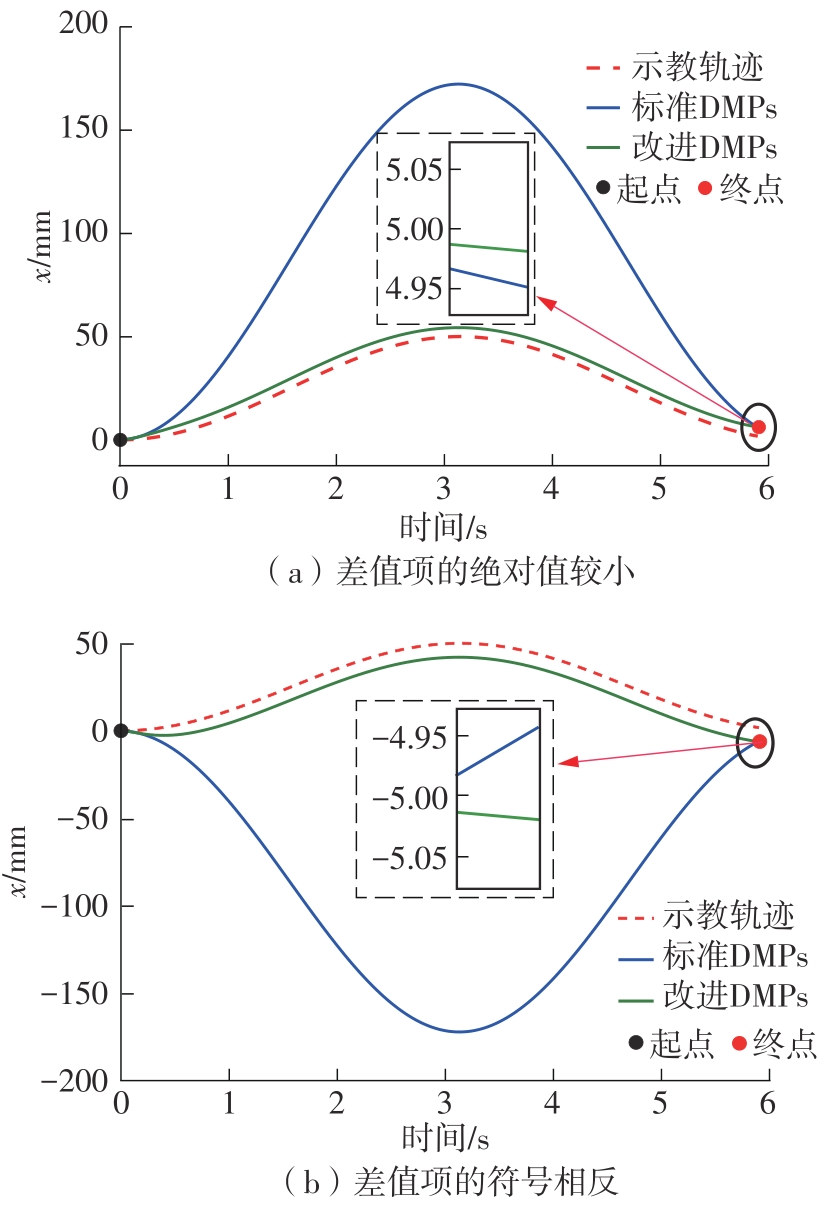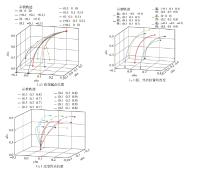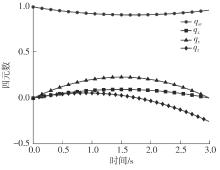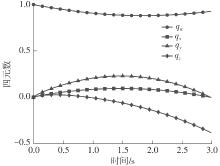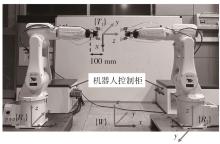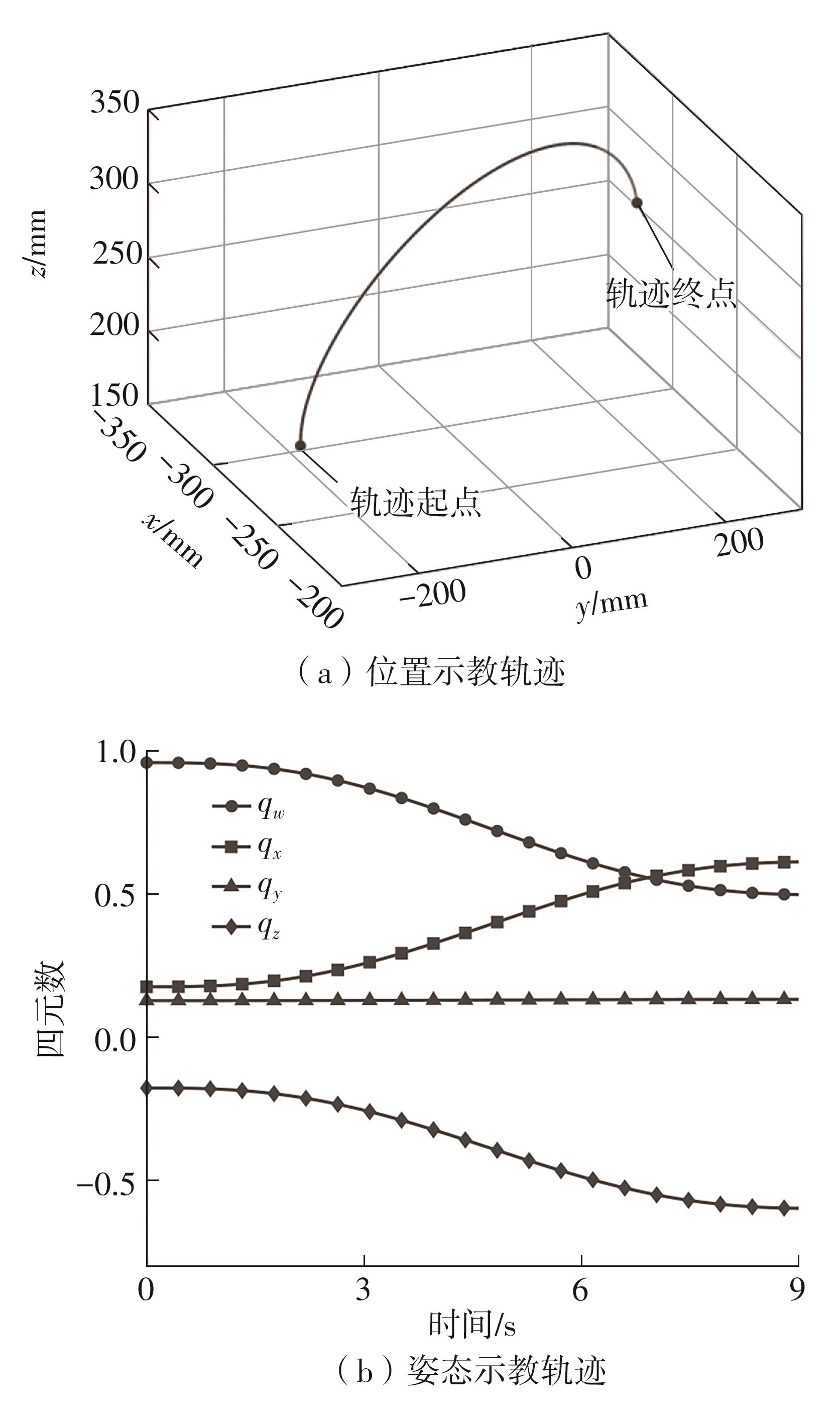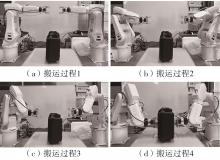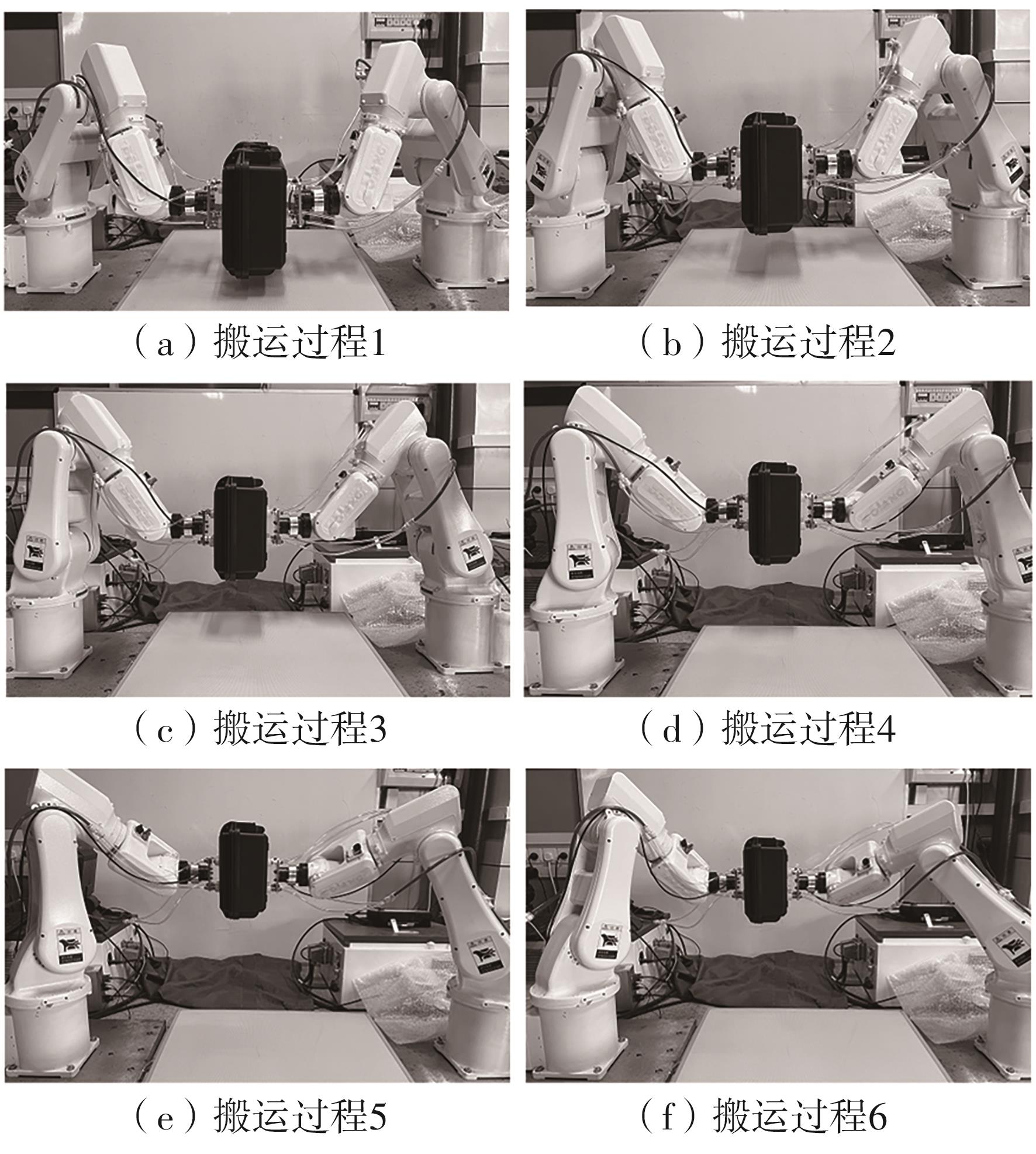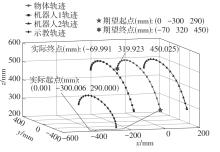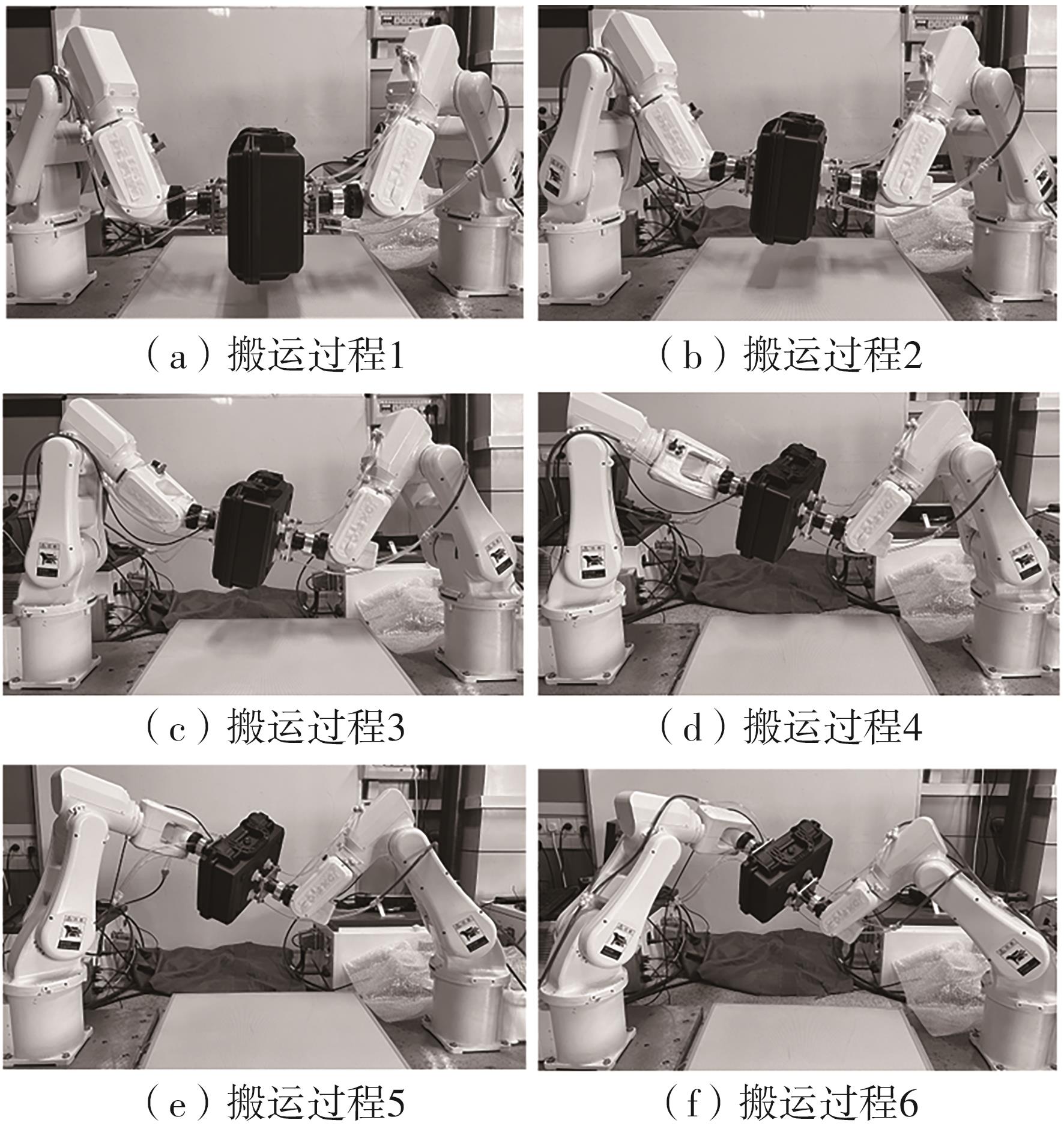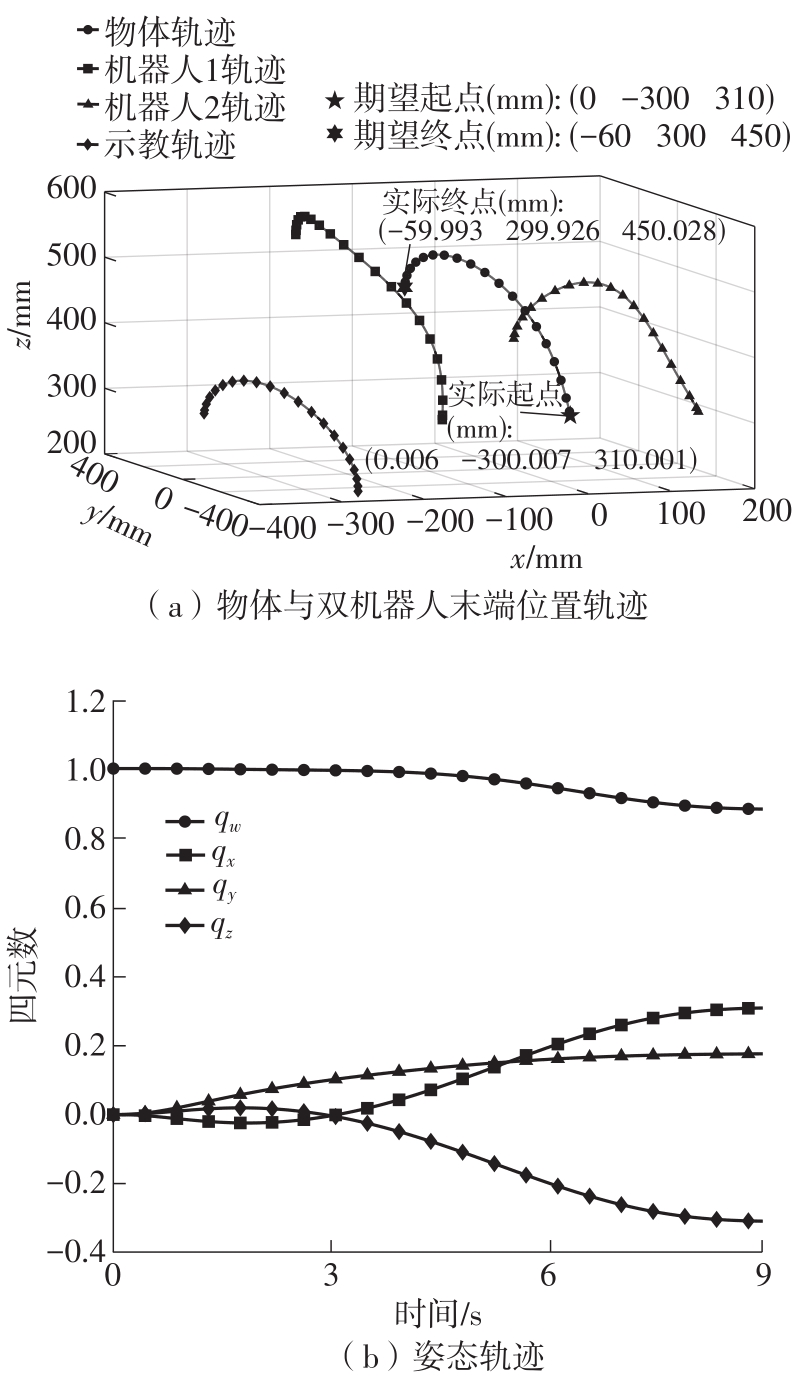| 1 |
JI W, WANG L .Industrial robotic machining:a review[J].The International Journal of Advanced Manufacturing Technology,2019,103(1):1239-1255.
|
| 2 |
BIEN Z, LEE J .A minimum-time trajectory planning method for two robots[J].IEEE Transactions on Robotics and Automation,1992,8(3):414-418.
|
| 3 |
PETAR C, BOJAN J .Dual-arm robot motion planning based on cooperative coevolution[J].Emerging Trends in Technological Innovation,2010,314(6):169-178.
|
| 4 |
SMITH C, KARAYIANNIDIS Y, NALPANTIDIS L,et al .Dual arm manipulation-a survey[J].Robotics and Autonomous Systems,2012,60(10):1340-1353.
|
| 5 |
GAN Y H, DAI X .Kinematic cooperation analysis and trajectory teaching in multiple robots system for welding[C]∥Proceedings of ETFA 2011.Toulouse:IEEE,2011:1-8.
|
| 6 |
LI J, LIU Y, ZANG X .Constraints analysis and motion planning for coordinated manipulation of a dual-arm robot[C]∥Proceedings of 2018 IEEE International Conference on Information and Automation (ICIA).Wuyi Mountain:IEEE,2018:1422-1426.
|
| 7 |
GULLETTA G, ERLHAGEN W, BICHO E .Human-like arm motion generation:a review[J].Robotics,2020,9(4):102-149.
|
| 8 |
SCHAAL S .Is imitation learning the route to humanoid robots?[J].Trends in Cognitive Sciences,1999,3(6):233-242.
|
| 9 |
KOENIG N, MATARIC M .Robot life-long task learning from human demonstrations:a Bayesian approach[J],Autonomous Robots,2017,41(5):1173-1188.
|
| 10 |
PIGNAT E, CALINON S .Learning adaptive dressing assistance from human demonstration[J].Robotics and Autonomous Systems,2017,93:61-75.
|
| 11 |
SHIN S Y, KIM C H .Human-like motion generation and control for humanoid’s dual arm object manipulation[J].IEEE Transactions on Industrial Electronics,2014,62(4):2265-2276.
|
| 12 |
QU J, ZHANG F, WANG Y,et al .Human-like coordination motion learning for a redundant dual-arm robot[J].Robotics and Computer-Integrated Manufacturing,2019,57:379-390.
|
| 13 |
IJSPEERT A J, NAKANISHI J, HOFFMANN H,et al .Dynamical movement primitives:learning attractor models for motor behaviors[J].Neural Computation,2013,25(2):328-373.
|
| 14 |
COHEN Y, BARSHIR O, BERMAN S .Motion adaptation based on learning the manifold of task and dynamic movement primitive parameters[J].Robotica,2021,39(7):1299-1315.
|
| 15 |
KULVICIUS T, BIEHL M, AEIN M J,et al .Interaction learning for dynamic movement primitives used in cooperative robotic tasks[J].Robotics and Autonomous Systems,2013,61(12):1450-1459.
|
| 16 |
UMLAUFT J, SIEBER D, HIRCHE S .Dynamic movement primitives for cooperative manipulation and synchronized motions[C]∥Proceedings of 2014 IEEE International Conference on Robotics and Automation (ICRA).Hong Kong:IEEE,2014:766-771.
|
| 17 |
ZHAO T, DENG M, LI Z,et al .Cooperative manipulation for a mobile dual-arm robot using sequences of dynamic movement primitives[J].IEEE Transactions on Cognitive and Developmental Systems,2018,12(1):18-29.
|
| 18 |
孟石,戴先中,甘亚辉 .多机器人协作系统轨迹约束关系分析及示教方法[J].机器人,2012,34(5):546-552,565.
|
|
MENG Shi, DAI Xian-zhong, GAN Ya-hui .Path constraint relation and trajectory teaching method for multi-robot cooperation System[J].Robot,2012,34(5):546-552,565.
|
| 19 |
张磊,王威 .双机器人协同搬运运动学分析及路径规划[J].机械工程与自动化,2020(2):89-91,94.
|
|
ZHANG Lei, WANG Wei .Kinematics analysis and path planning of dual-robot collaborative handling [J].Mechanical Engineering and Automation,2020(2):89-91,94.
|
| 20 |
IJSPEERT A J, NAKANISHI J, SCHAAL S .Movement imitation with nonlinear dynamical systems in humanoid robots[C]∥Proceedings of 2002 IEEE International Conference on Robotics and Automation.Washington,DC:IEEE,2002:1398-1403.
|
| 21 |
HOFFMANN H, PASTOR P, PARK D H,et al .Biologically-inspired dynamical systems for movement generation:automatic real-time goal adaptation and obstacle avoidance[C]∥Proceedings of 2009 IEEE International Conference on Robotics and Automation.Kobe:IEEE,2009:2587-2592.
|
| 22 |
UDE A, NEMEC B, PETRIC T,et al .Orientation in cartesian space dynamic movement primitives[C]∥Proceedings of 2014 IEEE International Conference on Robotics and Automation (ICRA).Hong Kong:IEEE,2014:2997-3004.
|
| 23 |
张磊,方灶军,王聚幸,等 .基于任务参数加权的动态运动基元泛化方法[J].中国机械工程,2022,33(10):1226-1233,1243.
|
|
ZHANG Lei, FANG Zao-jun, WANG Ju-xing,et al .Generalization method of dynamic movement primitives based on the weighting of task parameters[J].China Mechanical Engineering,2022,33(10):1226-1233,1243.
|
| 24 |
SOLA J .Quaternion kinematics for the error-state Kalman filter[J].arXiv preprint arXiv:,2017.
|
| 25 |
王健发,王耀南,陈文锐,等 .基于改进动态运动基元的6D轨迹规划[J].控制理论与应用,2022,39(5):809-818.
|
|
WANG Jian-fa, WANG Yao-nan, CHEN Wen-rui,et al .6D trajectory planning based on improved dynamic motion primitives[J].Control Theory and Applications,2022,39(5):809-818.
|
| 26 |
工业机器人性能规范及其试验方法: [S].
|
